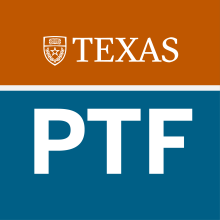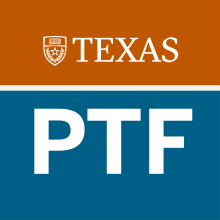Individual Fellow Initiatives

Gone (Back) To Texas: A Model For Alumni-led Experiential Learning
As the campus community enters a new post-pandemic era, it is clear that one of the most urgent needs following 2+ years of remote and hybrid learning is to create poignant, relevant contexts for pursuing immersive experiential learning. As universities reckon with the challenge of continuing to evolve their value propositions to meet student demand for more industry-relevant experiences, there is an opportunity to innovate how we design and deliver unique pedagogical experiences that connect more deeply with their educational and professional journey.

Global Learning Experiences
Cross-cultural connections can deepen student engagement in the world around them and encourage their creativity about the course material. Such connections can happen in a UT classroom if the student body is particularly diverse, or if students participate in study abroad programs. Global connections are also being created through the Global Classrooms Initiative that connect UT students with students at universities from other countries through classroom activities, conversations and projects intentionally designed to encourage collaboration.

Drama-Based Pedagogy: Refinement and Alignment for the University Context
Active, embodied learning and creative teaching is needed in higher education, yet many faculty struggle with how to take up the approach. My PTF project engaged six faculty members from across UT - American Studies, Biology, Art/Design, Classics, Education, and Theatre- in a 15 week faculty learning community focused on active and creative teaching strategies. Through the project, faculty members explored active and creative teaching methods in monthly meetings, and re-designed at least two lectures to use active/creative teaching approaches.

Transforming Health Professional Education through Collaborative Inter-professional Learning
With the much-anticipated addition of a medical school on The University of Texas at Austin campus, we have an ideal opportunity to reexamine health-professional education, and plan for a more collaborative interprofessional education approach to address the future health-care needs of Texas, the United States and world health. The goal of an interprofessional education approach is to prepare health professional students to deliberately work together with the common goal of building a safer and better patient-centered and community/population oriented health care system.

